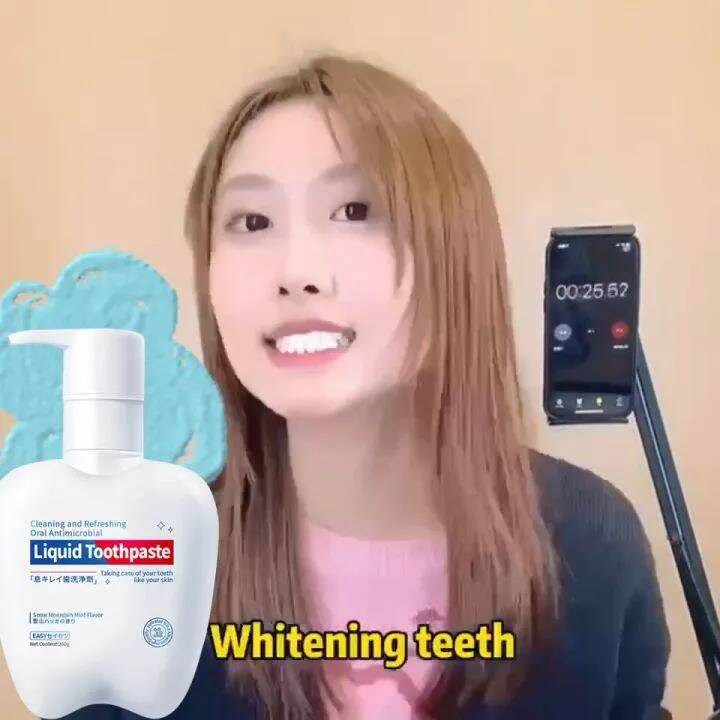What is a Whitening Toothpaste Allergy
A whitening toothpaste allergy occurs when your immune system reacts negatively to specific ingredients found in these products. This reaction can manifest in a variety of ways, ranging from mild irritation to more severe systemic responses. The prevalence of these allergies is increasing, making it essential for consumers to be aware of potential allergens and their effects. Unlike sensitivity, a true allergy involves the immune system’s IgE antibody response, leading to potentially serious reactions. Recognizing the symptoms and understanding the underlying causes is the first step in managing this condition. If you suspect you have an allergy, it’s crucial to consult with a healthcare professional for proper diagnosis and treatment.
Common Allergens in Whitening Toothpaste
Several ingredients commonly found in whitening toothpastes are known allergens. These substances can trigger adverse reactions in sensitive individuals. It’s crucial to carefully review the ingredient list on any toothpaste you use, especially if you have a history of allergies or sensitivities. Being informed about these common culprits will help you make safer choices for your oral hygiene routine. The following sections delve into some of the most frequent offenders and their potential effects.
Hydrogen Peroxide
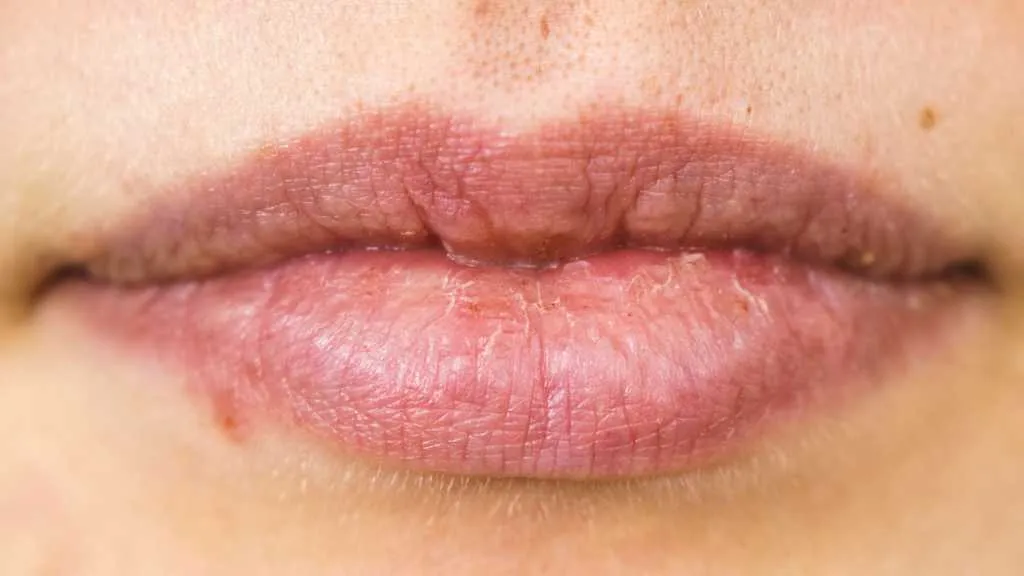
Hydrogen peroxide is a common bleaching agent in whitening toothpastes, responsible for removing stains and brightening teeth. However, it can also be a potent irritant, leading to inflammation of the gums and soft tissues of the mouth. For those with sensitive gums or pre-existing oral conditions, exposure to hydrogen peroxide can exacerbate these issues. The concentration of hydrogen peroxide in the toothpaste plays a significant role in the severity of the reaction. Always choose products with lower concentrations if you are prone to irritation, and consult a dentist if you experience discomfort.
Sodium Lauryl Sulfate (SLS)
Sodium Lauryl Sulfate (SLS) is a surfactant, a foaming agent that gives toothpaste its texture and helps remove debris. While effective, SLS can also cause significant irritation, leading to canker sores and a general feeling of oral discomfort. This is particularly true for individuals with sensitive mouths or those who are prone to allergies. The harshness of SLS can strip away the protective mucous membrane of the mouth, making it more susceptible to irritants and infections. Switching to an SLS-free toothpaste can often alleviate these symptoms, improving your oral comfort. Consider using alternative products to ensure you maintain good oral hygiene without the side effects associated with SLS.
Fluoride
Fluoride, known for its cavity-fighting properties, is another ingredient that can trigger allergic reactions in some people. Although rare, fluoride allergies can cause oral irritation, skin rashes, and gastrointestinal issues. The body’s reaction to fluoride varies from person to person. For individuals with known sensitivities, it is crucial to select fluoride-free toothpaste or consult a dentist about alternative methods for cavity prevention. The benefits of fluoride in protecting against tooth decay are well-established, however, it’s important to balance these advantages with any potential allergic reactions. Always read the ingredient list and be aware of the potential risks when using products containing fluoride.
Potential Symptoms of a Whitening Toothpaste Allergy
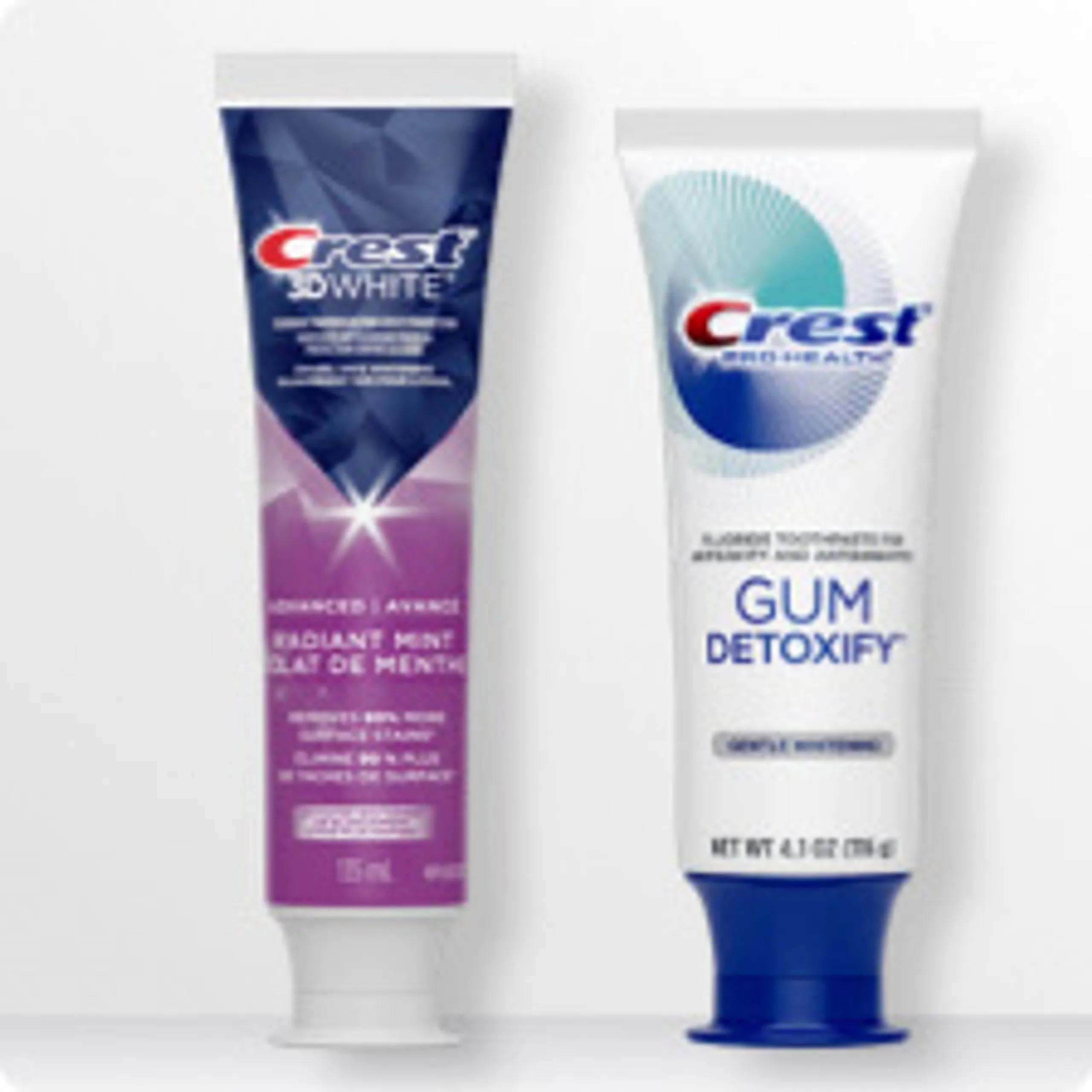
The symptoms of a whitening toothpaste allergy can vary widely, ranging from mild to severe. Recognizing these signs early can help you manage the allergy and prevent further complications. Being aware of the range of symptoms is essential for quick identification and appropriate action. It’s important to seek medical advice if you experience any of these symptoms to ensure proper diagnosis and treatment. Understanding your body’s reactions will enable you to make informed decisions regarding your dental care products and routine, and you can make better choices for oral hygiene.
Oral Irritation and Inflammation
Oral irritation and inflammation are common symptoms. You might experience redness, swelling, and a burning sensation in your mouth, gums, or tongue. Canker sores may also develop, causing significant discomfort. These symptoms often arise after using the toothpaste and can persist as long as you continue to use the product. If you notice persistent irritation, it’s crucial to discontinue use and consult your dentist. Sometimes, the irritation can be a sign of a more severe allergic reaction. Using a gentle, hypoallergenic toothpaste can often alleviate these symptoms and promote healing. Taking proactive steps is very important to relieve the symptoms.
Skin Rashes and Dermatitis
Skin rashes, such as contact dermatitis, can appear around the mouth or on the face. These rashes may be red, itchy, and bumpy. The allergens in toothpaste can come into contact with your skin and trigger this reaction, especially if the product is not rinsed off thoroughly. In some cases, the rash may spread to other areas. If you notice a skin rash, you should stop using the toothpaste immediately and consult with a dermatologist or allergist. Washing your face thoroughly after brushing can also help to minimize the risk of skin reactions. Identifying and avoiding the specific allergen is key to preventing further flare-ups and maintaining healthy skin.
Respiratory Issues
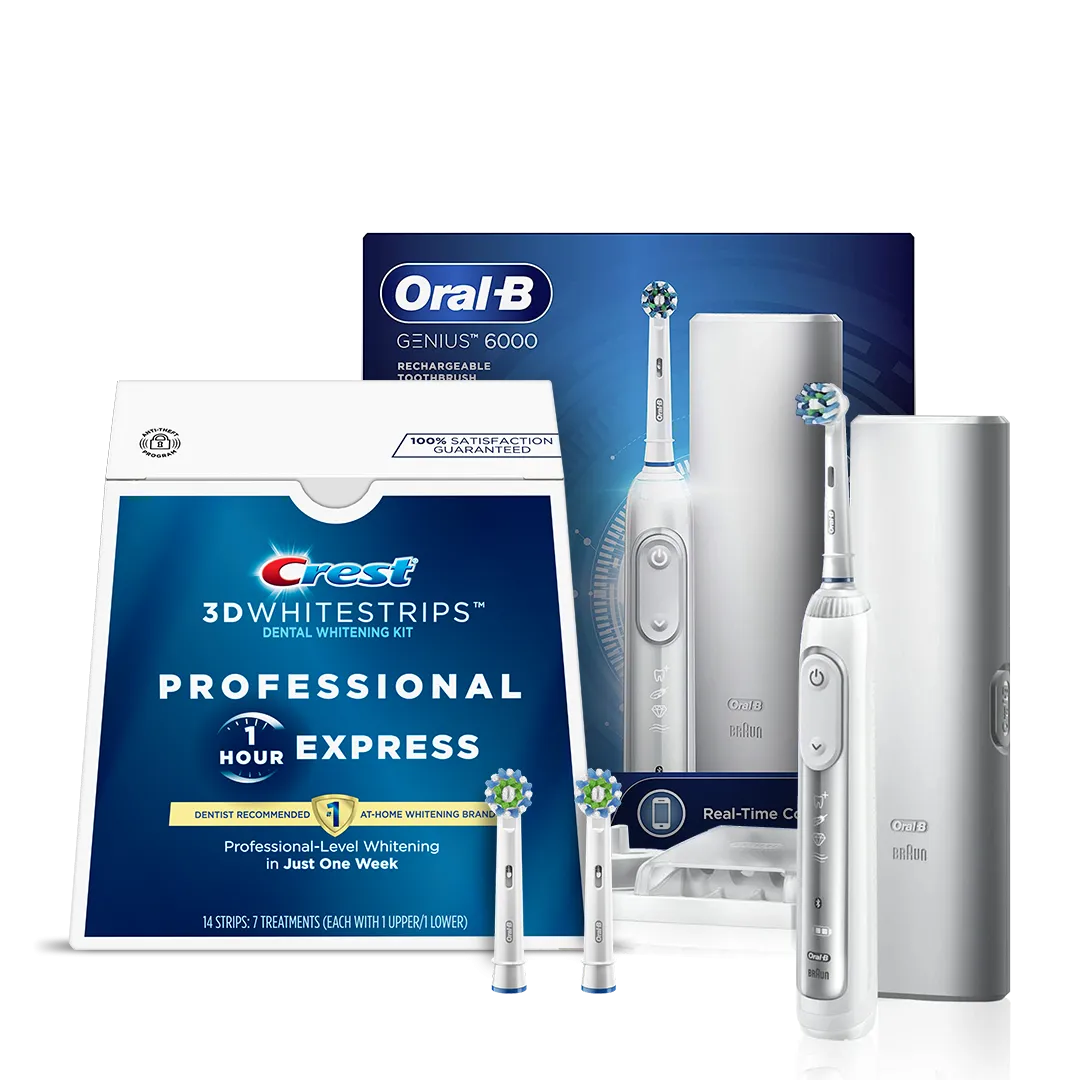
In rare, severe cases, a whitening toothpaste allergy can trigger respiratory issues, such as wheezing, difficulty breathing, or even anaphylaxis. These symptoms require immediate medical attention. If you experience shortness of breath or throat swelling after using whitening toothpaste, seek emergency medical care. Anaphylaxis is a severe allergic reaction that can be life-threatening. Be vigilant about any sudden respiratory symptoms, especially when introducing a new product. People with known allergies, should always be aware of the symptoms and take precautions. Always make sure to have emergency medication and go to the emergency room immediately.
How to Diagnose a Whitening Toothpaste Allergy
Diagnosing a whitening toothpaste allergy typically involves a combination of medical history, physical examination, and allergy testing. Consulting an allergist or dentist is essential if you suspect you have an allergy. Precise diagnosis is necessary for developing a management plan and avoiding future allergic reactions. Accurate diagnosis provides a clearer understanding of the specific triggers of the allergy. It allows for targeted treatment, significantly improving the quality of life for allergy sufferers. Always seek professional medical advice to diagnose the cause of the allergy.
Patch Testing
Patch testing involves applying small amounts of suspected allergens to your skin under a patch and observing the reaction over several days. This test helps identify substances that cause contact dermatitis, a common symptom of toothpaste allergies. The test is usually performed by a dermatologist and helps determine which ingredients are triggering your symptoms. The patches are left on the skin for 48-72 hours, after which the area is examined for signs of irritation or inflammation. If a reaction occurs, it suggests an allergy to that specific ingredient. Patch testing is useful in pinpointing the exact substance causing the problem, facilitating the avoidance and more effectively managing the allergy.
Elimination Diet

An elimination diet is another method to identify food allergies, which can sometimes cause cross-reactions to toothpaste ingredients. You remove suspected allergens from your diet for a set period and then reintroduce them one by one to see if symptoms reappear. This method is helpful for determining if any dietary factors contribute to your oral health issues. You can try this under the guidance of a healthcare professional, it is often used when traditional allergy tests are inconclusive. It is useful for identifying potential food triggers, this can help to manage or alleviate symptoms associated with toothpaste allergy. An elimination diet requires meticulous planning and careful tracking of symptoms, which can lead to a proper diagnosis.
Finding Relief and Alternatives
Once you’ve been diagnosed with a whitening toothpaste allergy, finding relief involves avoiding the allergen and using alternative products. There are many strategies you can implement to improve your oral health and reduce discomfort. These include exploring hypoallergenic toothpaste options, adopting natural alternatives, and taking precautions. Identifying these alternatives can enable you to maintain a healthy smile and alleviate allergic reactions. Finding the right solution requires research and, potentially, a trial-and-error approach. Consulting with your dentist or allergist is vital for personalized advice.
Choosing Hypoallergenic Toothpastes
Hypoallergenic toothpastes are formulated without common allergens such as SLS, fluoride, and certain flavoring agents. These toothpastes are designed to minimize the risk of allergic reactions and irritation. Looking for products labeled as “hypoallergenic”, “SLS-free”, or “fluoride-free” is a great start. Always review the ingredient list, ensuring that it doesn’t contain any of your known allergens. Several brands offer specialized toothpastes, that are specifically designed for sensitive individuals. Choosing hypoallergenic toothpastes, can significantly reduce allergic reactions and improve your oral health. Selecting the best product to use, can promote comfort and provide an effective cleaning for your teeth.
Natural Whitening Alternatives
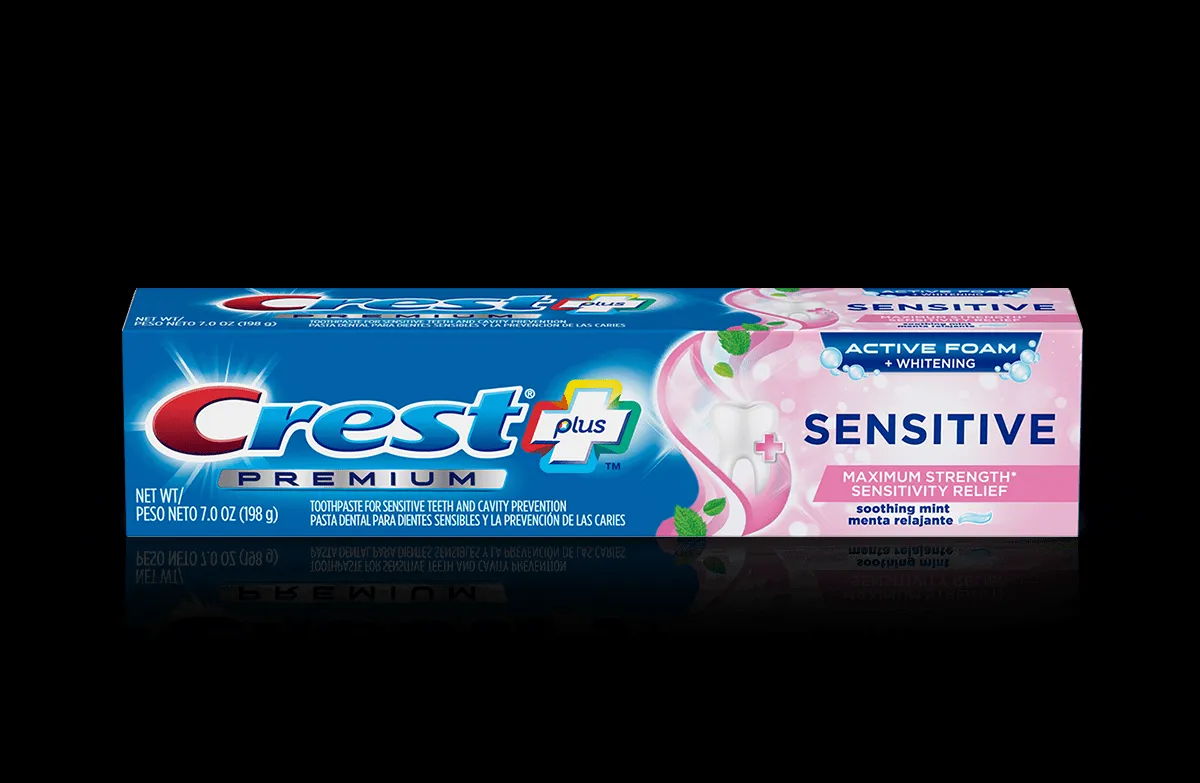
If you’re allergic to ingredients in whitening toothpastes, consider natural alternatives. These options can gently whiten teeth without the use of harsh chemicals. Some popular options include baking soda, which can act as a mild abrasive, and hydrogen peroxide, used in a lower concentration, but be sure to consult your dentist before use. Coconut oil pulling, can help reduce bacteria and improve oral health. However, these alternatives may not be as effective as professional whitening treatments or whitening toothpastes. If you choose a natural approach, it’s crucial to use these methods with caution. Always consult your dentist for recommendations on effective and safe whitening strategies. Prioritize your oral health and work with a professional to develop a plan that suits your unique needs.
Dealing with a whitening toothpaste allergy requires careful attention to ingredients, symptoms, and alternatives. By understanding the common allergens, recognizing the symptoms, and implementing the right strategies, you can manage your allergy and maintain good oral health. Always consult with a dentist or allergist for a proper diagnosis and to develop a treatment plan. By taking proactive steps, you can confidently navigate your oral care routine and avoid the discomfort and potential health risks associated with these allergies.
